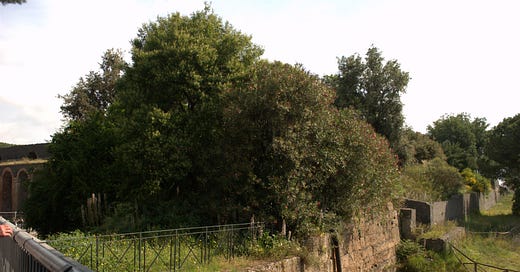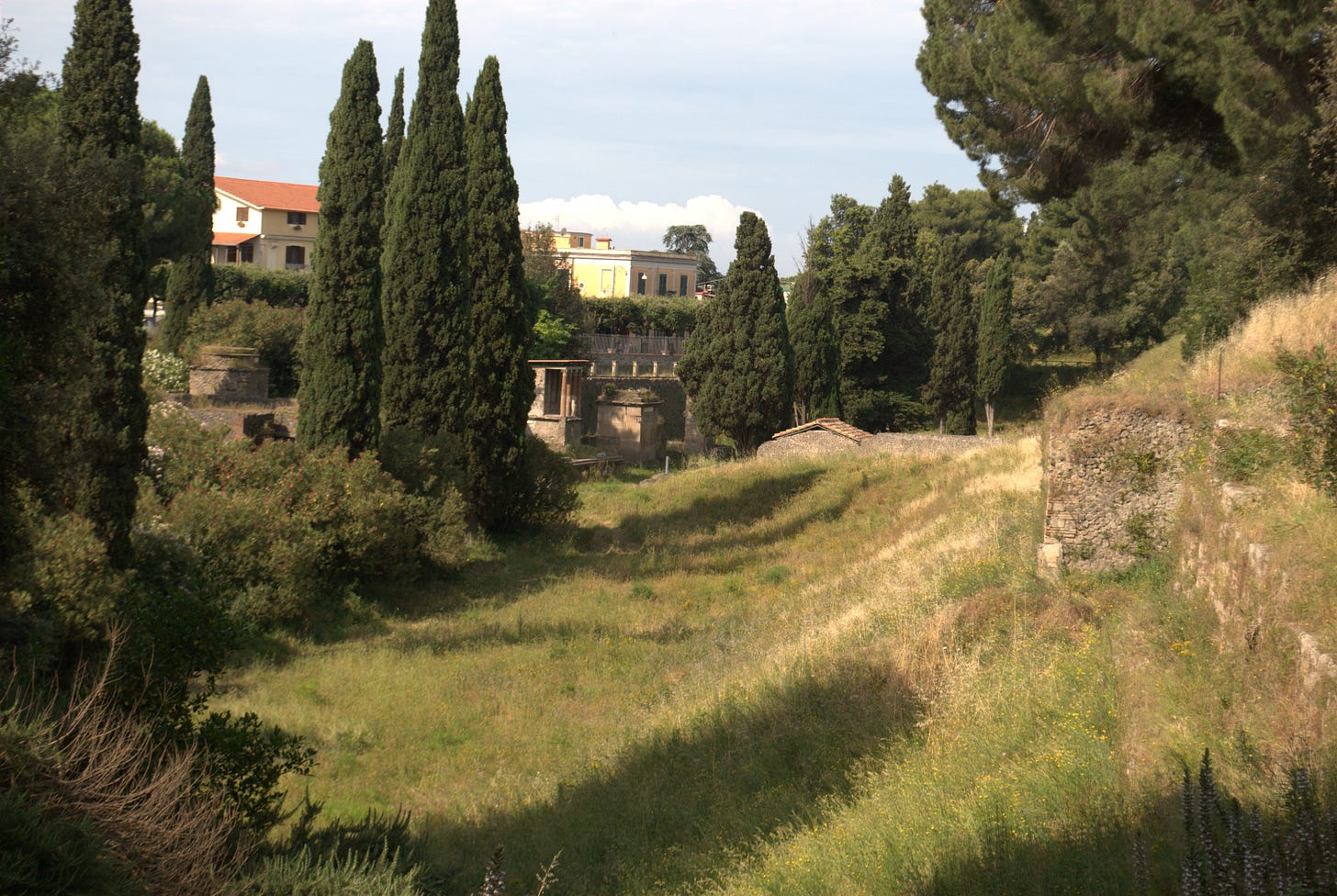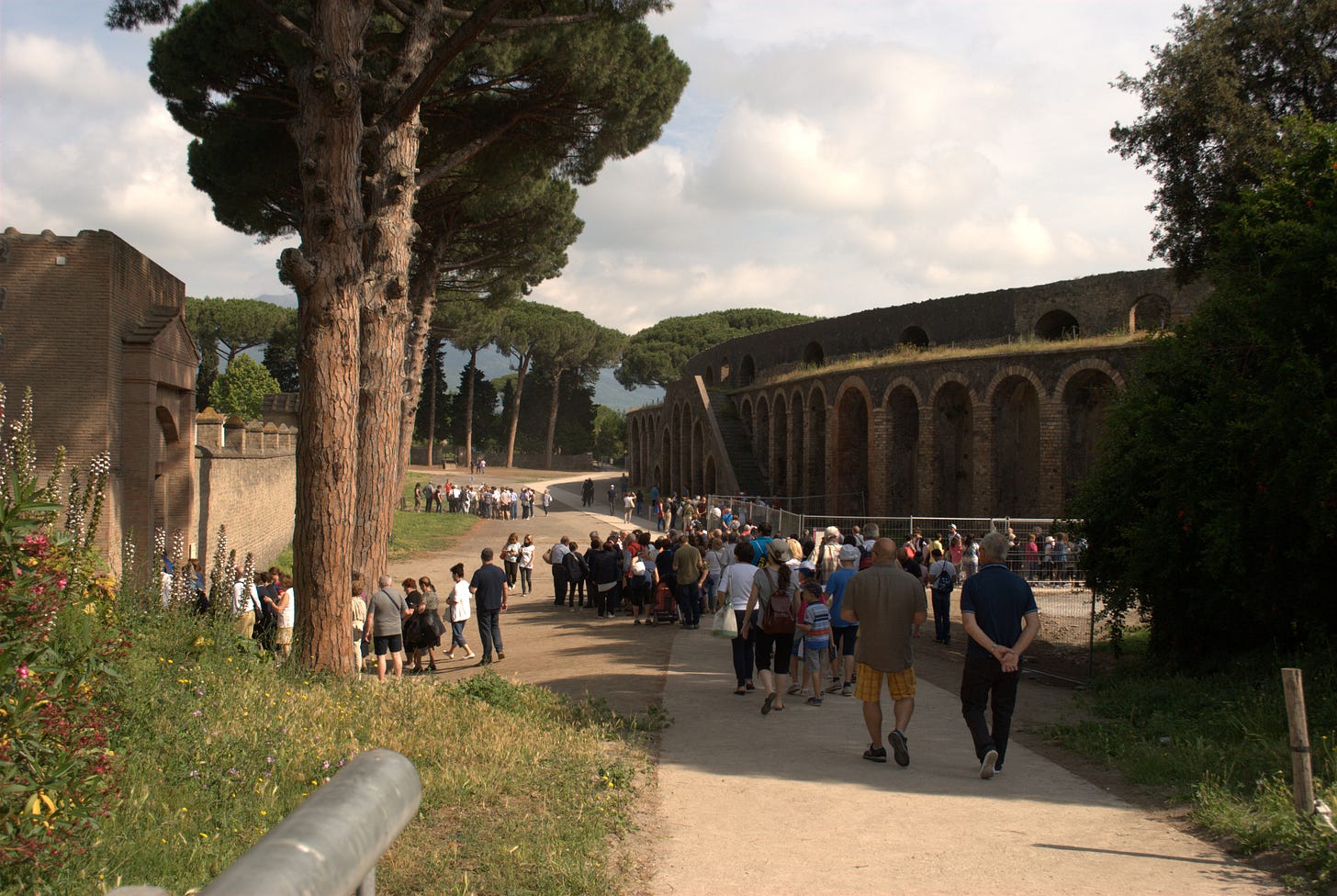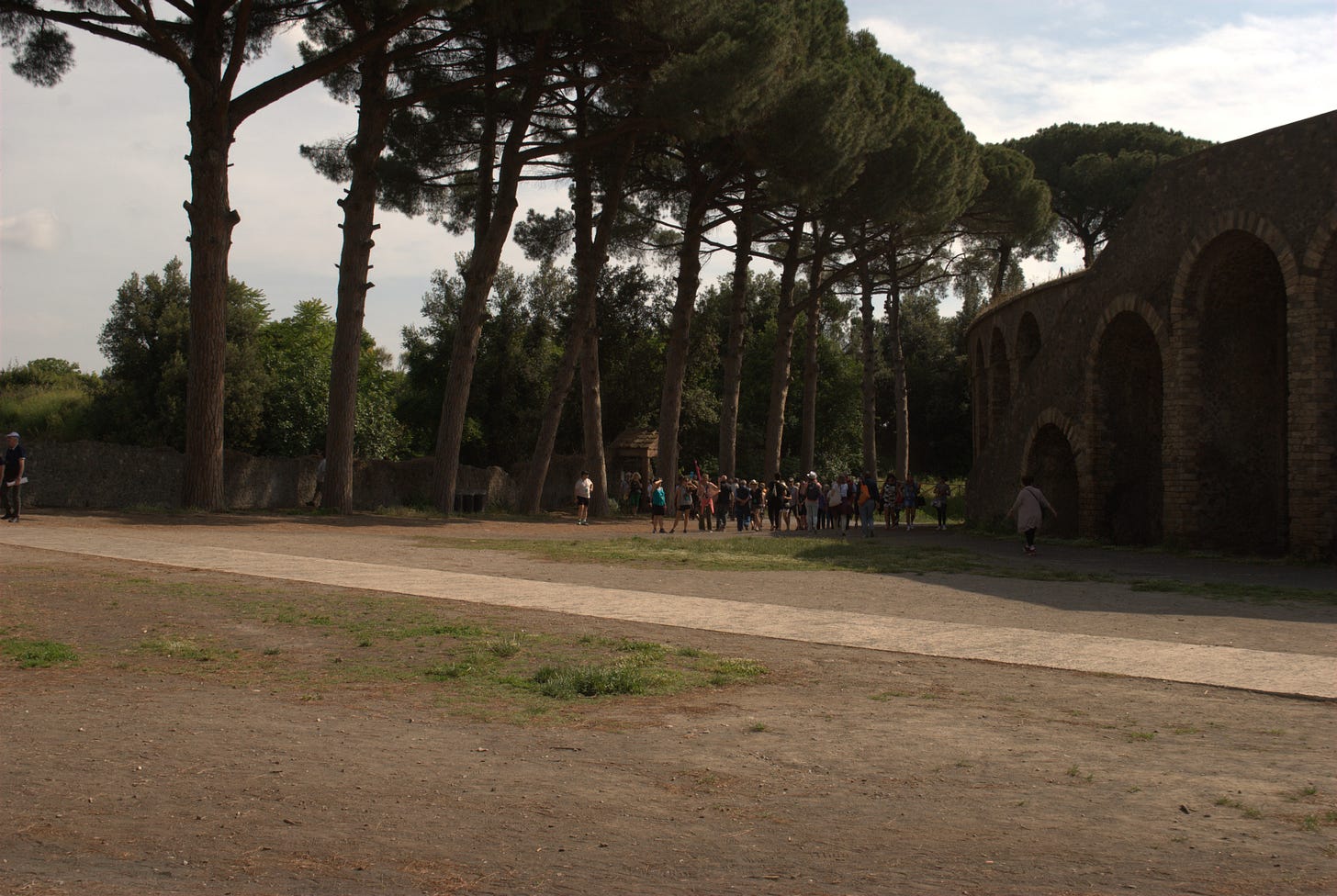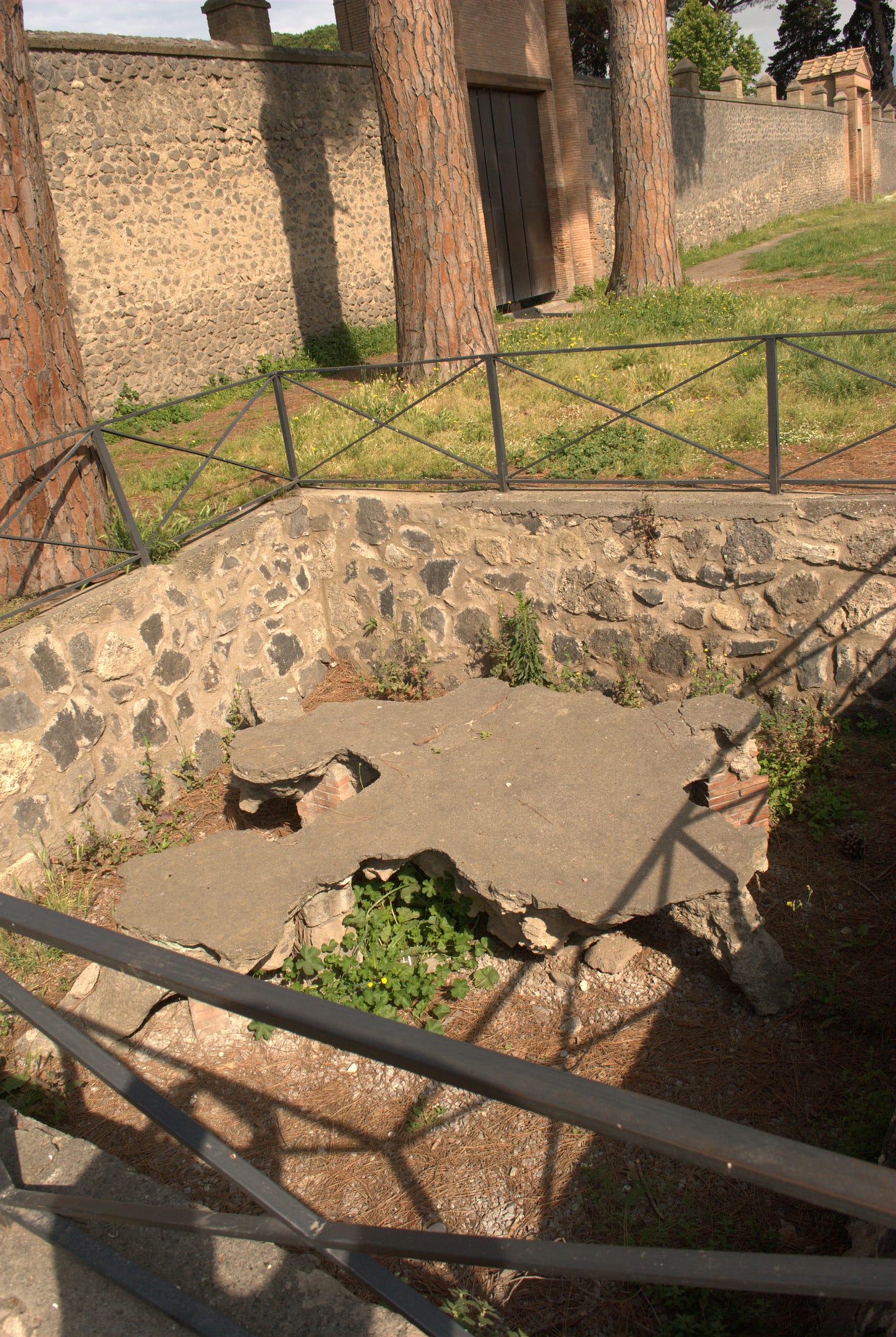Burning Ashes of Memory: The Heartbeat of Pompeii
Reflections when walking through time and tragedy of the antique town
Pompeii is where I accompanied people and went alone hundreds of times. At first, it was a tourist attraction for me, like all the others — streets, supermarkets, etc. But in the last few years, before I departed from Sud, I felt sick while visiting the excavations. I can't say what caused this change in me. Maybe also the personal tragedy I was experiencing at that time. But I started to feel the pain, the suffering of people who lost their lives in the tragedy of almost 2000 years before.
I looked at the carefree, noisy crowds of tourists, but it seemed like I was walking on burning volcanic ash. (And yes, it really burns on August days when the dust rises and almost cannot settle back from the incalculable feet that trample it.)
Read more: Little Secrets Of The Arena For Gladiator Fights
Visiting Pompeii has become like visiting the cemetery where your acquaintances rest and relatives who seem still alive and who should return soon. Today, I found the old photos I took on my last visit. Perhaps you guys would be interested in seeing them again with me.
The area of the excavation site is vast. Perhaps a quarter of the Roman town has been excavated, although perhaps more now, as many important works were recently conducted there.
The main entrance is near the Circumvesuviana station on a small regional line. However, I arrived on the regular Salerno-Naples train, and the closest entrance was by the amphitheater, so we enter right from that side now.
Two large buildings, the amphitheater, and the new gymnasium, emerge from the small square right behind the town wall.
This amphitheater is perhaps the oldest in Italy. It was built around 70 BC (if I remember correctly) and is the Greek model, buried in the hill where the stands were placed. More modern amphitheaters have the entire construction above ground and underground areas
As you know, these were places where young men often beat each other up (it was right here that in 54 AD, in the battle between groups of fans from Nocera and Pompeii, about ten Nocerians lost their lives after which the amphitheater was closed for 10 years). And that part of the city was protected by walls and a gate to avoid problems for inhabitants.
From the town wall, you can see one of the necropoleis (one near every entrance) and the modern town of Pompeii. The latter is very popular with locals for its basilica, which houses the miraculous Virgin of the Rosary icon. Every year, on the last Saturday of May, many people go there on foot to ask the Madonna for grace. Some even walk 10 or more kilometers.
The new gymnasium was built by Vespasian, on order, of course, not in person. He was the emperor who told his son Titus about a tax he imposed on urinals, “Pecunia non olet” (meaning “Money doesn't stink”). There was no gymnasium in the city, only a very small one from the time of the Samnites, and that was not enough. However, it was also a good advertisement for the emperor to procure many young supporters in the area of the empire where the Samnites were still very well remembered (the reason for the massacre of 54AD).
The gymnasium had a room dedicated to a god/ emperor and a latrine. The gymnasium's center had a pool from one to two meters deep. Sewer pipes connected both the pool and the latrine. Some people tried to hide inside the gymnasium during the eruption of Vesuvius — they found the remains of 17 people in the gymnasium area, 12 crowded in the latrine, and 18 more outside the walls, which had gold, silver, and bronze jewels and a box with surgical instruments.
Scientists discovered empty spaces near the gymnasium. They put plaster in these spaces. But these were the roots of plants, not people. Like people and animals, the trees were covered with ash that became solid tuff after a cooling time. The organic part, however, was dissolved and absorbed by tuff. This is how these empty spaces were formed. However, since each tree has its root system, scientists could find out what trees they were and how old they were. So we know that around the gymnasium were two rows of hundred-year-old plane trees to create shadow according to the architecture’s canons of that time.
Did you enjoy this article?
I would be very grateful if you click the button ⬇︎ and share it with your friends.
Write me if you have questions, and I’ll be happy to answer.

